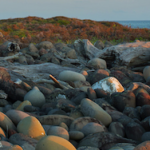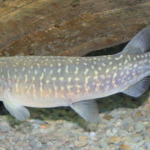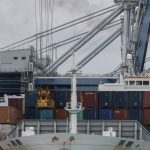On March 26, extreme weather hit Westland. The Fox River flooded and an old Westland District Council landfill site was eroded. Tragically, this resulted in tonnes of rubbish washing up along about 300km of South Westland’s pristine beaches. Forest and Bird labelled it potentially the biggest ecological disaster that has occurred in New Zealand since the Rena oil spill.
Could this happen in the Hauraki Gulf? Are historic landfill sites adequately protected from erosion and risks of sea level rise?
A Local Government New Zealand Report assessing the impacts of climate change found the Auckland region alone held 88 old landfill sites which would be exposed with 0.5m of sea level rise.
Some councils in the Hauraki Gulf catchment are already having to deal with the implications of sea level rise and coastal erosion. In 2016, the Hauraki District Council was faced with remediating a coastal landfill in the small seaside settlement of Kaiaua.
Home to a legendary Fish and Chip shop, the Kaiaua settlement sits on a coastline known as the Shorebird Coast. Each year migratory birds, including Bar-tailed Godwits, and nearly half the world population of Wrybill flock here.
For 20 years, a 205m stretch of the coastline was used as a landfill site for domestic waste and demolition waste, including asbestos. The landfill site stopped being used in the mid-80s and was largely forgotten about until coastal erosion and retreat of the shoreline started to expose and wash out the waste.
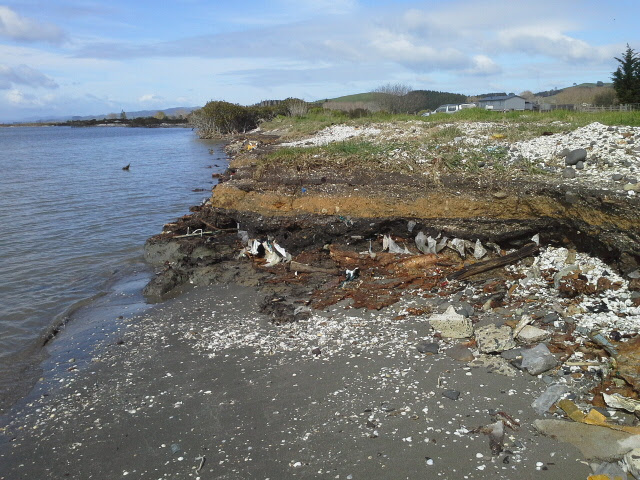
Hauraki District Council Group Manager for Engineering Services, Adrian de Laborde said that “Although expensive, the Council decided that removing it entirely would actually protect it for future generations and wouldn’t leave anybody else a problem later down the line.” The work cost $640,000 and involved clearing away grass, topsoil and clay from the 200m long and up to 15m wide site. About 2,400 tonnes of refuse was dug out and removed from the site. The volume of waste was three times more than was initially estimated by two separate and independent studies.
The task had to be carefully managed. Barriers were put in place to stop seawater from inundating the work area and the job had to be undertaken in stages to minimise the risk of the high tide washing into the exposed site.
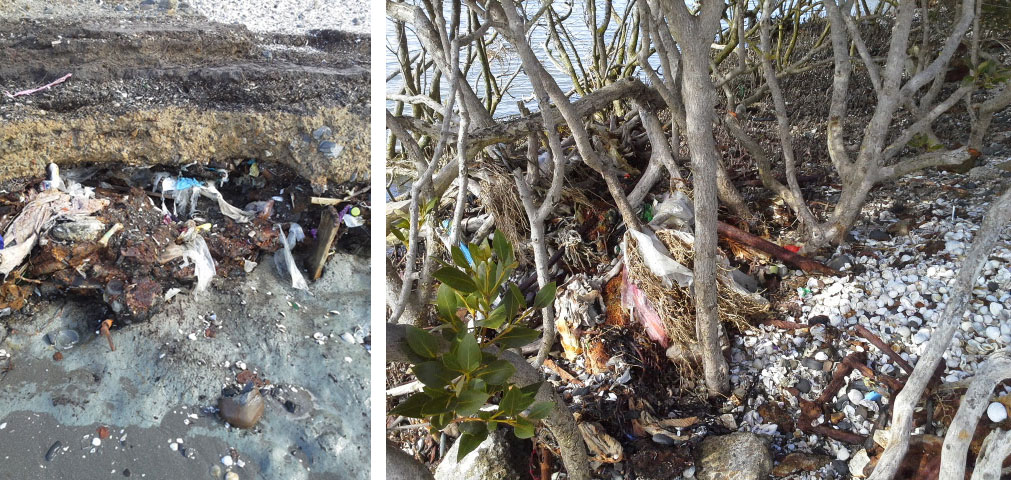
Once the waste was removed, the site was restored by landscaping and re-grassing to be made safe for public use. Council staff conducted tests recently and found no contamination around the landfill.
The project also involved a clean-up of the surrounding area, mainly rubbish removal from mangroves that had washed out of the tip and down the coastline. Regular sweeps are still made to check the area and any refuse found is removed.
Two months on from the extreme weather in Westland, people working on the clean-up say it is going to take years to remediate. A team of about 10 workers are picking over the riverbed by hand, but they’re calling for a serious injection of taxpayer-funded resources to cope with the disaster.
When interviewed by RNZ’S Kathryn Ryan last week, the Minister of Conservation Eugenie Sage was clear that under the Resources Management Act, responsibility for landfill sites rests with local councils.
In Kaiaua, the Council saw the problem emerge and took responsibility for mitigating it, at considerable cost. But with increasingly frequent and severe weather events, what other time bombs are ticking around the Hauraki Gulf / Tīkapa Moana? The previous State of the Gulf reports produced by the Hauraki Gulf Forum have not reported on the risk of coastal landfill sites, but recent events have brought the risk front of mind. Coastal landfills could be included in the next State of the Gulf report.




